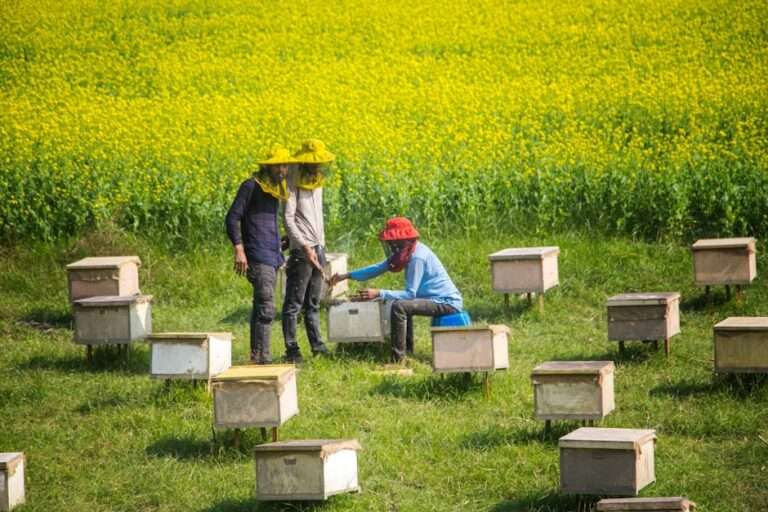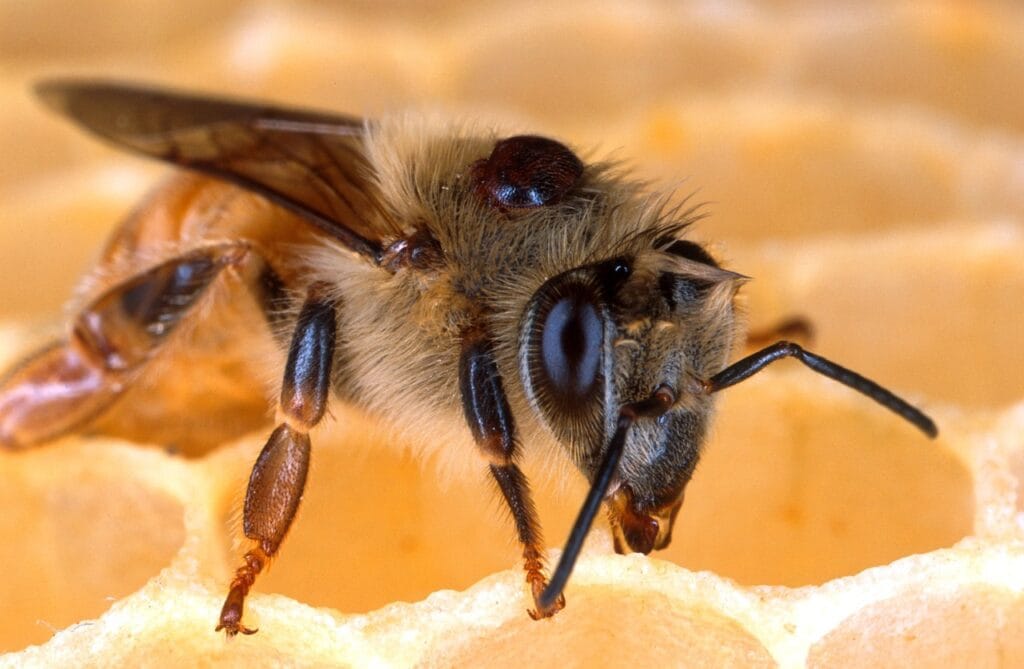How can location and hive placement prevent SHB outbreaks in different climates?
Location and hive placement are key strategies to prevent Small Hive Beetle (SHB) outbreaks, and their importance shifts with different climate conditions:
1. Sunlight Exposure—A Universal Defence
- Placing hives in full sun or at least partial sun significantly discourages SHB infestation. SHBs avoid bright, sunlit areas and thrive in shade or damp locations. Sunny conditions within and around hives reduce beetle survival and discourage their entry and breeding[1][2][3].
- In shaded, forested, or low-lying wet areas, SHB problems are typically more intense. These spaces are cooler and moister, making them ideal for SHB larvae to develop and pupate in the soil[4][5].
- This strategy is especially important in warm and humid climates, where SHB populations can explode due to favourable conditions for their reproduction and pupation[6][2].
2. Soil and Site Selection
- SHB larvae leave the hive to pupate in the soil. Sites with heavy clay soils, gravel, concrete, or mulch make it harder for larvae to successfully pupate by creating a physical or moisture barrier. Sandy or moist soils, on the other hand, enable beetles to complete their lifecycle easily[4][1][7].
- Avoid locations with regular flooding, excess moisture, or standing water, especially in regions susceptible to wet weather patterns like La Niña[6].
3. Minimizing Cracks, Crevices, and Debris
- Proper hive placement includes keeping hives off the ground and ensuring bottom boards and surrounding ground are tidy. This reduces beetle hiding places and prevents infestations from developing undetected[5][1][6].
- Minimize gaps in hive equipment and promptly remove burr comb and fallen hive debris.
4. Apiary Density and Arrangement
- High-density apiaries can facilitate faster SHB spread. Space your hives to reduce “jumping” of SHBs between colonies, especially if beetles are present in your area[7].
5. Regional and Climatic Adjustments
- In areas with cold winters, freezing temperatures can kill SHB pupae in the soil but, as climates warm and winters become milder, SHB establishment becomes more likely in new regions. Sun exposure and careful site selection become even more important as warming trends continue[1][4][6].
- In hot, arid regions, SHB pressure is reduced since both humidity and available pupation sites are limited, but good placement practices remain best for prevention[1].
Summary Table: Location & Hive Placement vs. SHB
| Strategy | Why It Works | Most Important In |
| Full sun/partial sun placement[1][2] | SHB avoid light, inhibits breeding and survival | All climates, especially humid |
| Well-drained/heavy soil[4][7] | Reduces SHB pupation success | Humid, wet climates |
| Avoiding shaded/damp areas[4][5] | Limits favorable SHB breeding conditions | Temperate/tropical climates |
| Spacing and tidy apiary[7][1] | Reduces spread and hiding places | High-density apiaries |
Summary
By choosing sunny, dry, and well-maintained locations, and tailoring placement to your region’s climate and soil, you create inhospitable conditions for SHB—making hive outbreaks less likely and easier to control[1][4][6][3][2].
⁂
- https://extension.oregonstate.edu/catalog/em-9143-small-hive-beetle-potential-pest-honey-bee-colonies-oregon
- https://bee-health.extension.org/managing-small-hive-beetles/
- https://www.mannlakeltd.com/blog/how-to-get-rid-of-hive-beetles/
- https://bee-health.extension.org/wp-content/uploads/2019/08/SHB-Mgt-in-MS_2012_Sheridan-Fulton-Zawislak-1.pdf
- https://beeaware.org.au/archive-pest/small-hive-beetle/
- https://agriculture.vic.gov.au/biosecurity/animal-diseases/honey-bee-pests-and-diseases/small-hive-beetle-a-beekeeping-pest/small-hive-beetle-preparation-alert
- https://sitesv2.anses.fr/en/system/files/Guidelines_SHB_surveillance_EURL_V2.pdf



